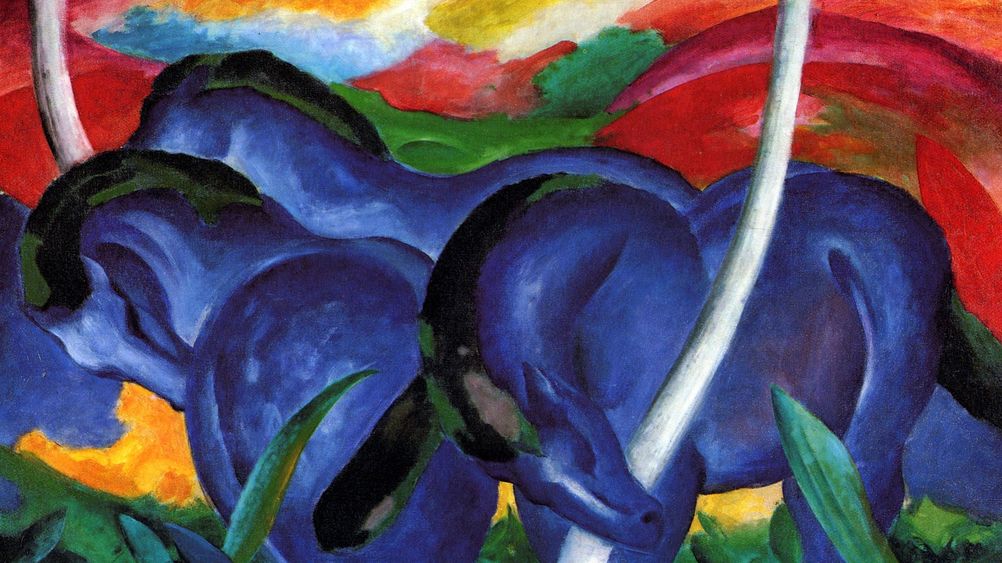
The Evening Air

Portrait of Felix Feneon

Self-Portrait with Felt Hat

Haymaking, Éragny

A Sunday Afternoon on the Island of La Grande Jatte
Introducing: Neo-Impressionism
Neo-Impressionism was at once an extension of Impressionist principles and a rejection of them. No painter could ignore the revolutionary impact of Impressionism during the 1870s, but over the following decade artists began to react against some of its core practices. Although clearly inspired by Impressionist treatment of light and color, Georges Seurat rejected the emphasis on painting outdoors from life (‘en plain air’) and the focus on momentary, fleeting effects. Wishing to create something more solid, monumental and analytical, he used the modern scientific color theories of Chevreul to rigorously underpin his new style called Divisionism (often known as ‘Pointillism’). Instead of blending colors on the palette, Divisionism made methodical use of ‘optical mixtures’, designed to be fused together by the eye of the viewer. By placing pure, unmixed dots of primary colour side by side on the canvas, an intense optical vibration was caused through the generation of complementary (or ‘secondary’) color. In 1886, the term ‘Neo-Impressionism’ was coined by the critic Félix Fénéon to describe the movement. Paul Signac became its leader after Seurat’s early death in 1891, and it would go on to influence countless artists across Europe, including Pissarro, van Gogh, Matisse, Segantini and Klimt.
Related playlists



Introducing: Post-Impressionism
8 works


Introducing: The Camden Town Group
14 works


Introducing: Expressionism
4 works


Introducing: Les Nabis
20 works
Related playlists



Introducing: Post-Impressionism



Introducing: The Camden Town Group



Introducing: Expressionism



Introducing: Les Nabis
Works

The Evening Air

Portrait of Felix Feneon

Self-Portrait with Felt Hat

Haymaking, Éragny
